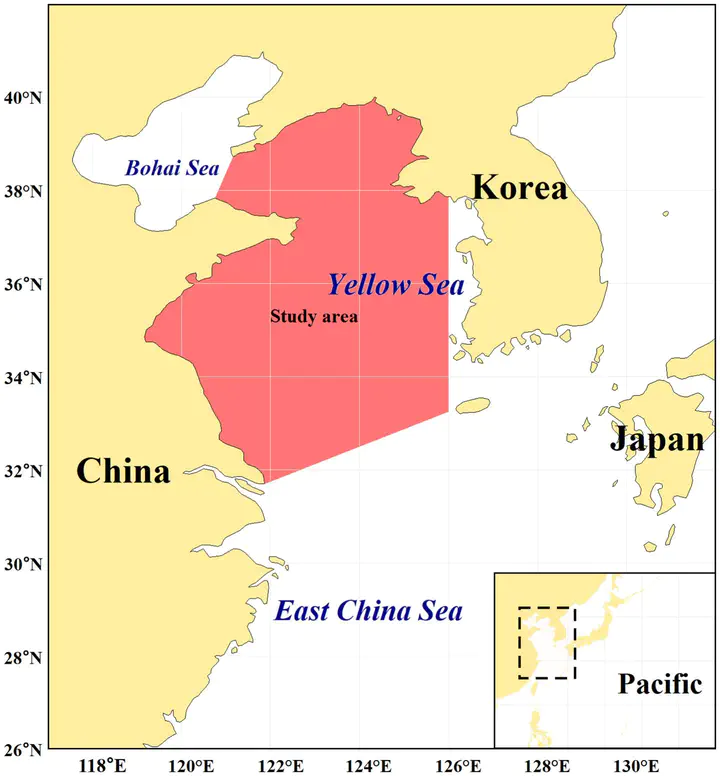Exploring fishing impacts on the structure and functioning of the Yellow Sea ecosystem using an individual-based modeling approach
 Image credit: jmarsys
Image credit: jmarsys
Abstract
The Yellow Sea is a marginal sea in the Northwestern Pacific where the fishery resources have been overfished and the community structure has greatly changed over the past six decades. Ecosystem modeling approaches are valuable tools to uncover potential mechanisms behind the ecosystem changes. Here, we developed ‘OSMOSE-YS’, an individual-based multi-species OSMOSE model that includes important commercial pelagic and demersal fish and invertebrates in the Yellow Sea. Simulations were carried out under three fishing scenarios to investigate how different levels of fishing pressure may have impacted the Yellow Sea ecosystem. Results indicate that the biomass of demersal fish continued to decline during 1970–2014, while the biomass of pelagic fish and invertebrates fluctuated periodically. Long-term fishing pressure has led to the reduction of total biomass, body sizes, and longevity of the modelled species. Under low-fishing condition, the ecosystem biomass is restored and the proportion of elder and larger individuals increases. On the contrary, high-fishing condition further decreases the proportion of high-trophic-level species. OSMOSE-YS serves as a baseline model to investigate ecosystem responses to different fishing strategies, in support of ecosystem-based fisheries management in the Yellow Sea.